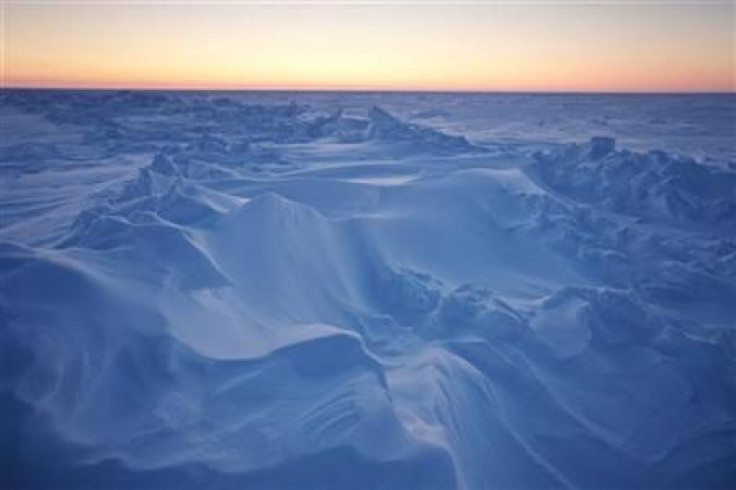Environmentalists Want Shell Arctic Exploration Regulatory Filings Reviewed, Claims Firm Misled Investors

Environmentalist groups have lodged a petition before the U.S. seeking an investigation of the regulatory filings Royal Dutch Shell PLC had filed relative to their planned oil exploration in the Arctic waters. The groups believed the company made statements that confused and misled investors about the possible risks a potential oil spill from Arctic offshore drilling could occur.
The petitions were filed by the Abrams Environmental Law Clinic at the University of Chicago, and international environmental group Oceana. Earlier this week, Shell announced it will push through oil exploration plans in the Arctic Ocean near Alaska this summer. It added the project will involve 25 vessels during a two-year program to explore two to three wells in the Chukchi Sea off the coast of Alaska.
But Oceana, through its attorney, Mike LeVine, believed Shell hasn’t been totally honest to investors about its plans, specifically if a major or catastrophic spill happens in the area. Although it had read that Shell mentioned it has response capabilities in case such happens, it didn’t explain such mitigation techniques. This leads Oceana to believe such techniques are unlikely to be effective in the Arctic, or worse, haven't been tested in the Arctic Ocean, LeVine said.
"There is no proven way to clean up a spill in the icy Arctic conditions and Shell has an obligation to make investors aware of that," Reuters quoted Andrew Sharpless, chief executive officer of Oceana. The law clinic said that if such catastrophic oil spill does happen in the Arctic, the clean-up could cost over $10 billion, spurred by low temperatures, ice and lack of infrastructure.
“The Arctic is one of the most extreme drilling environments imaginable — but its wildlife is some of the most vulnerable to pollution caused by an oil spill. Shell’s ambitions there are not bold or brave — they are dangerous,” Andreas Widlund, a Greenpeace member, wrote. Widlund used to work in the oil industry. He claimed to have climbed Shell’s contracted oil rig Polar Pioneer in the middle of the Pacific Ocean. “Ice-dependent mammals, including polar bears, seals, walrus and whales, as well as vast numbers of seabirds, are all at risk from Shell’s plans.”
Mark Templeton, director of the Abrams Environmental Law Clinic said in a press release investors ought to be issued full disclosure of the risks and challenges of Shell’s activities in the Arctic. “To date, the company has little to show for its expenditures,” portal Climate Progress said. In fact, a storm in December 2012 broke the tow line of Shell’s drill rig Kulluk before it ran aground near Kodiak, Alaska, it added. The accident, according to the Coast Guard, was a mishap that occurred because of Shell’s “inadequate assessment and management of risks.”
To report problems or to leave feedback about this article, email: e.misa@ibtimes.com.au.






